TIP283: COMMERCIAL REAL ESTATE TRENDS
W/ IAN FORMIGLE FROM CROWDSTREET
16 February 2020
On today’s show we have Ian Formigle from Crowdstreet to talk about emerging trends in commercial real estate.
IN THIS EPISODE, YOU’LL LEARN:
- Which trends are important to follow in 2020 and beyond in commercial real estate.
- What the impact is of student debt on real estate in the decades to come.
- Why investors should consider purchasing multifamily assets and conservatively leverage the investment with cheap 10-year fixed-rate debt.
- How to understand the various financing opportunities in commercial real estate.
- Understanding cycles in commercial real estate.
TRANSCRIPT
Disclaimer: The transcript that follows has been generated using artificial intelligence. We strive to be as accurate as possible, but minor errors and slightly off timestamps may be present due to platform differences.
Preston Pysh 00:02
On today’s show, we bring back our former guest and expert in real estate, Mr. Ian Formigle. Ian has two decades of experience in real estate private equity startups capital formation and equity options trading. On today’s show Ian talks about trends in commercial real estate 18 our cities, the impact of baby boomers retiring, and many more interesting topics. So without further delay, here’s our conversation with Ian Formigle from CrowdStreet.
Intro 00:33
You are listening to The Investor’s Podcast, where we study the financial markets and read the books that influence self-made billionaires the most. We keep you informed and prepared for the unexpected.
Preston Pysh 00:54
Hey, everyone! Welcome to today’s show! My name is Preston Pysh. And as always, I’m accompanied by my co-host, Stig Brodersen. Today, we have a fan favorite with us and that is Mr. Ian Formigle, Chief Investment Officer from CrowdStreet. Ian, welcome back to the show!
Ian Formigle 01:08
Oh, Preston and Stig, always a pleasure to sit down with you guys and talk real estate. I’m looking forward to today’s conversation.
HELP US OUT!
What do you love about our podcast? Here’s our guide on how you can leave a rating and review for the show. We always enjoy reading your comments and feedback!
BOOKS AND RESOURCES
- Ian Formigle’ company, CrowdStreet.
- CrowdStreet’s free Educational Material.
- Preston and Stig’s previous interview with Ian Formigle about stock investors including real estate in their portoflio.
- Preston and Stig’s previous interview with Ian Formigle about Commercial Real Estate.
- Preston and Stig’s previous interview with Ian Formigle about Opportunity Zones.
NEW TO THE SHOW?
- Check out our We Study Billionaires Starter Packs.
- Browse through all our episodes (complete with transcripts) here.
- Try our tool for picking stock winners and managing our portfolios: TIP Finance Tool.
- Enjoy exclusive perks from our favorite Apps and Services.
- Stay up-to-date on financial markets and investing strategies through our daily newsletter, We Study Markets.
- Learn how to better start, manage, and grow your business with the best business podcasts.
P.S The Investor’s Podcast Network is excited to launch a subreddit devoted to our fans in discussing financial markets, stock picks, questions for our hosts, and much more! Join our subreddit r/TheInvestorsPodcast today!
SPONSORS
- Download your free audio book at Audible.
- Move your business to the cloud with Netsuite.
- Enjoy unparalleled quality of fresh coffee with Blue Bottle.
- Discover CMC Markets, the ultimate platform for online trading on mobile and desktop.
- Capital One. This is Banking Reimagined.
- Experience a real estate investing platform that is powered by an investor-first model with Fundrise.
- Make your money work harder with Wealthsimple.
PROMOTIONS
Check out our latest offer for all The Investor’s Podcast Network listeners!








